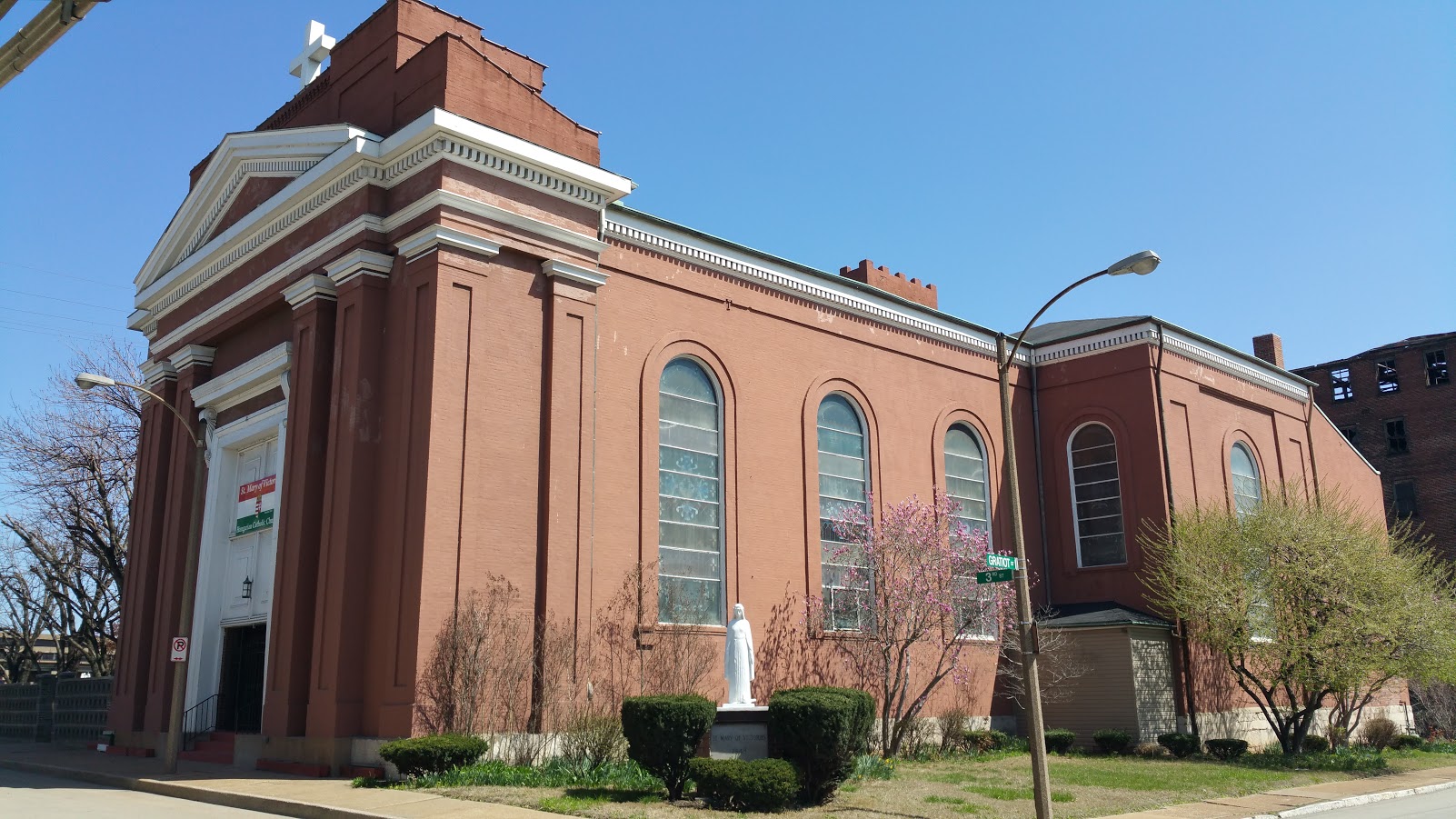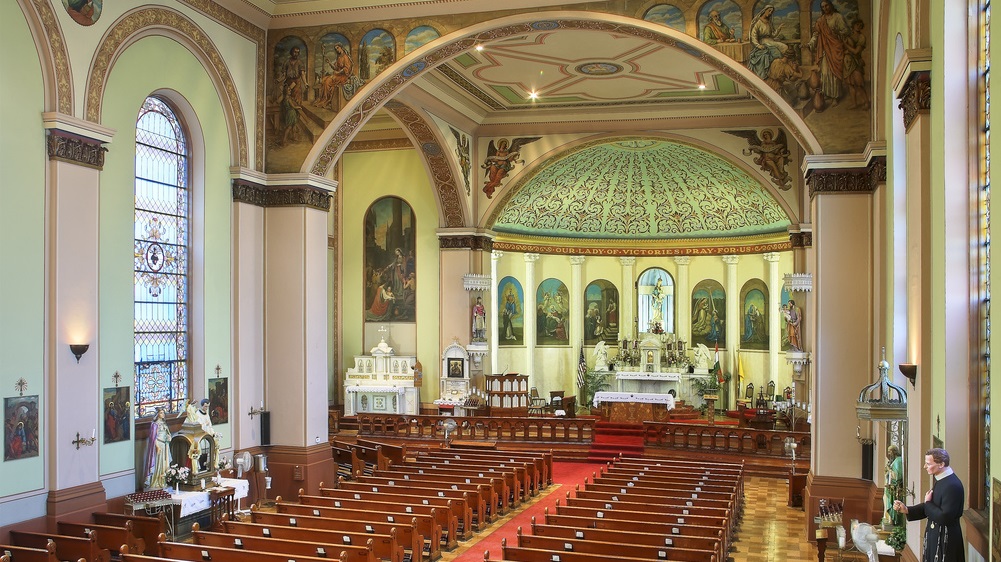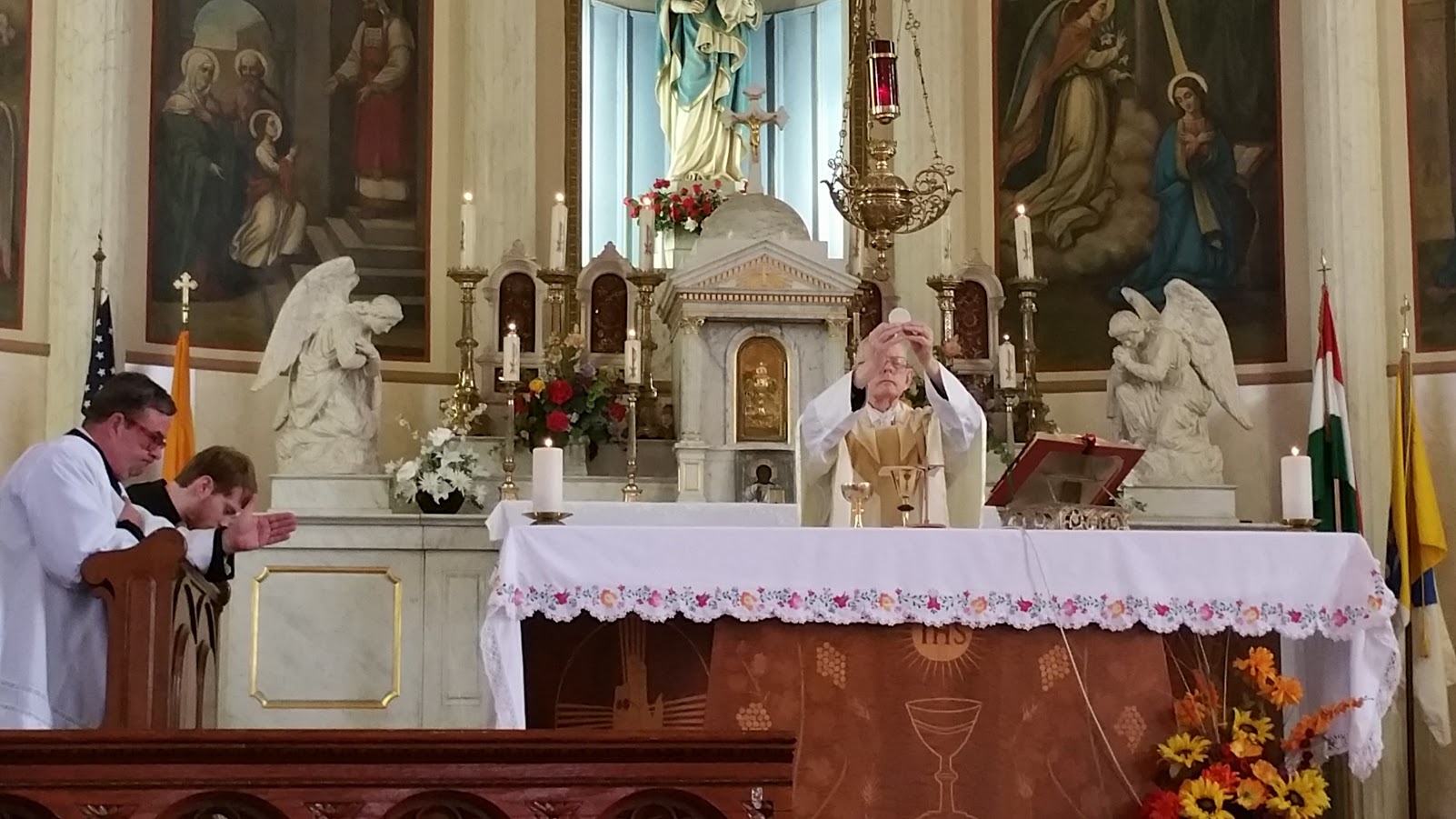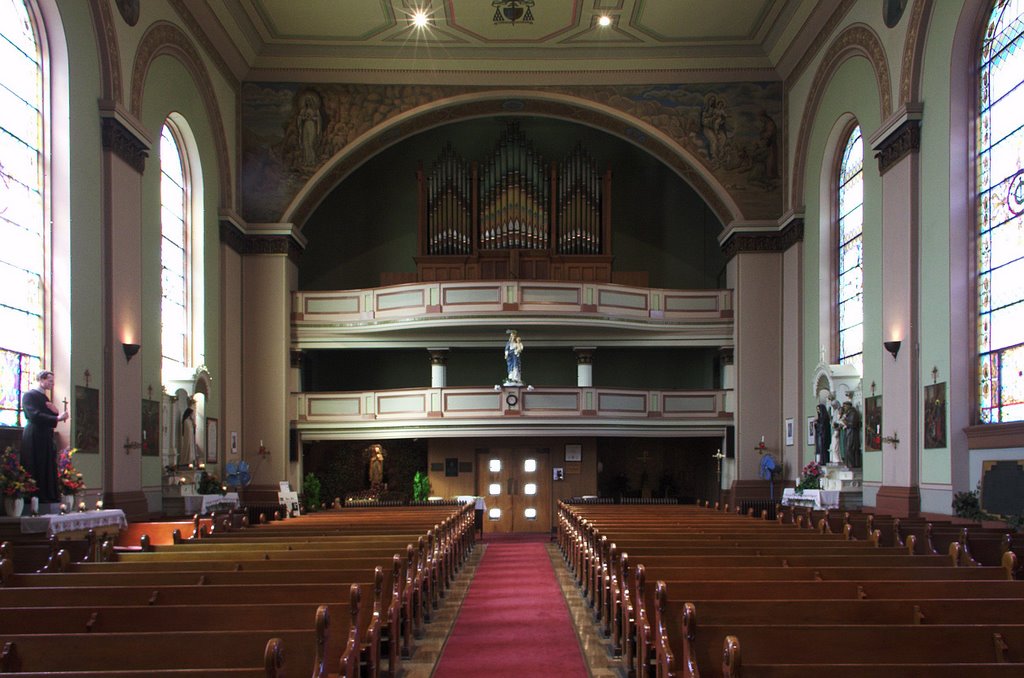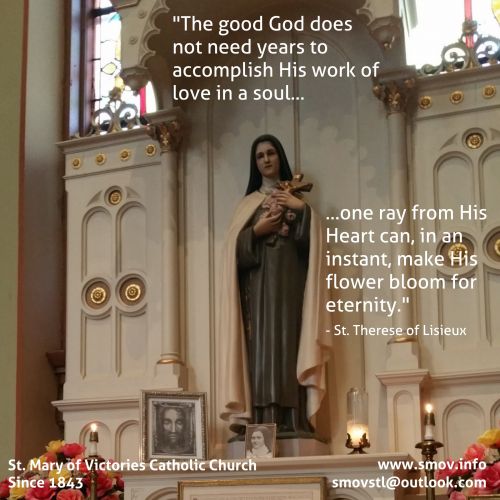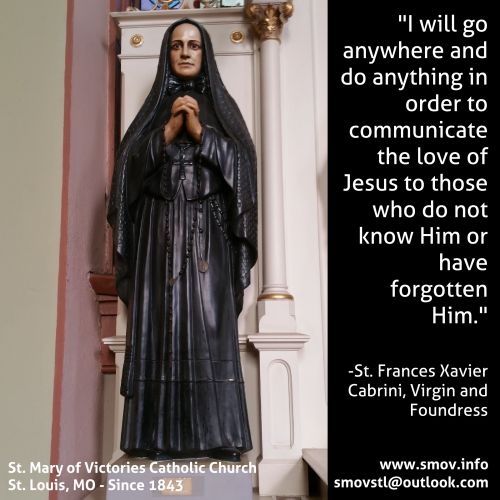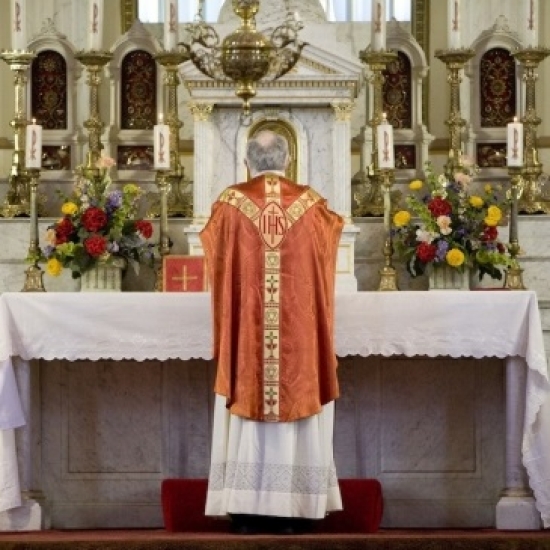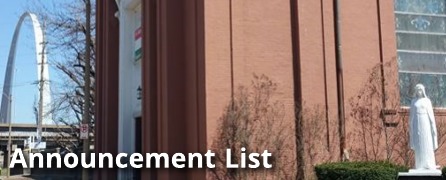18 June 2017, SS. Corporis et Sanguinis Christi (Year A)
Introit: Cibavit eos
Sequence: Only from *Ecce Panis, PBC, p. 99f.
Offertory: O sacrament most holy, p. 305
Communion (Years A & B): Qui manducat
Post-communion: O sacrum convivium
Exposition: O salutaris, PBC, p. 103f
Processional Hymn: Pange Lingua, PBC, p. 105f; or V2H, p. 457f.
Recessional: Holy God, p. 217
Ordinary from Mass VIII (De Angelis), PBC, p. 52. Credo III, PBC, p. 77.
The words Exsultate—jubilate of the Introit psalm-verse announce the theme of today's feast, Mass, and procession. The psalm from which these words have been taken was once sung at the feast of Tabernacles, which was celebrated in the open, in tents constructed of boughs in memory of the tent-life of Israel in the desert. Hence it also refers to the dwelling of God with us in the desert of this world, and to today's festive procession in the open over a path decorated with boughs. Today Mother Church's heart overflows with joy—with joy that extends beyond the confines of the church building. All Nature exults as well, for in a sense this is also her festal day. From her the Saviour has selected the two species, bread and wine, under the appearance of which He gives Himself to us. In 1264, under Pope Urban IV, this feast was extended to the universal Church; its liturgy was composed by St. Thomas Aquinas (+1274). As for most late entrants into the Roman calendar, the melodies have been borrowed from earlier Sundays or feasts. The Introit, e.g., has received both text and melody from the Monday after Pentecost in the EF. It has three phrases:
- Cibavit eos ex adipe frumenti alleluia:
- et de petra, melle saturavit eos,
- alleluia, alleluia, alleluia
The first phrase never extends beyond the tenor, but twice descends to low a. The accented syllable of adipe carries only a single note, while the following unaccented syllable has a tristropha. We meet this construction rather frequently. (E.g., illuminatio in the Introit Dominus illuminatio mea, Dominum in the Offertory Expectans expectavi, Domine in the Offertory Domine in auxilium, and Domino in the Communion Vovete et reddite.
The second phrase augments the initial motif of the first phrase: acdf becomes cdfg over melle; and, as further development, dgffga. Rightly does saturavit mark the summit of the piece. Before the melody reaches it, however, there is a retarding motif, like dolo on Low Sunday, downward bent, making the development of saturavit all the more brilliant. This second phrase speaks of the sweet consolation which the Holy Eucharist brings to us; of the spiritual fullness which strengthens us against all the allurements of the world.
The three alleluia are an independent phrase. Here the ascending fourth over saturavit is answered by a descending fourth. The second alleluia closes on c, like eos above; on account of its e it can very effectively modulate to a full tone below the tonic. Joy reigns supreme!
The Sequence is the work of St. Thomas Aquinas. Its superb language eloquently expounds the dogma of the Holy Eucharist. Its accompanying melody was composed by Adam of St. Victor (+ ca. 1192). In its original form it was a hymn to the cross, for which the Alleluia Dulce lignum (14 September) supplies the initial motif (egagcbag). In the double strophe Dogma datur and quod non capis this motif returns a fourth higher (egagcbag = dcdcfedc). All the strophes close on the tonic and most of them with the formula ag fg g. Occasionally this is preceded by a b or c b. Less often we have c ag fg g or ga fg g. The individual verses close on the dominant or on c. Toward the end the closings on the dominant increase; the final double strophe has it thrice. Despite its length, this entire Sequence should be sung in about six minutes if sung at a proper tempo.
(Years A & B) The Communion antiphon has two phrases:
- Qui manducat carnem meam et bibit sanguinem meum in me manet
- et ego in eo, dicit Dominus.
The melody begins with an almost supernal simplicity. In the second half-phrase the first half-phrase is given a more elaborate form. The endings of the parts of the phrase (meam and meum) are characterized by corresponding formulas. No doubt this is the technical reason why the more important words carnem and sanguinem do not stand out so prominently. Now follows the expressive in me manet with a descending fourth, which must be given special warmth. It is answered by a rising fourth in ego in eo. Thus both thoughts are placed in strong relief: Thou in me and I in Thee. The prolonged b♭ at the beginning of dicit, which has been avoided thus far, is to impress upon us that the word God speaks is of unfailing efficacy and harbors in itself the fullness of consolation.
This chant is sung also on the Saturday of the third week of Easter and in Year B on 21st Sunday in Ordinary Time (OF), and on Thursday of the 2nd week of Lent (EF).
